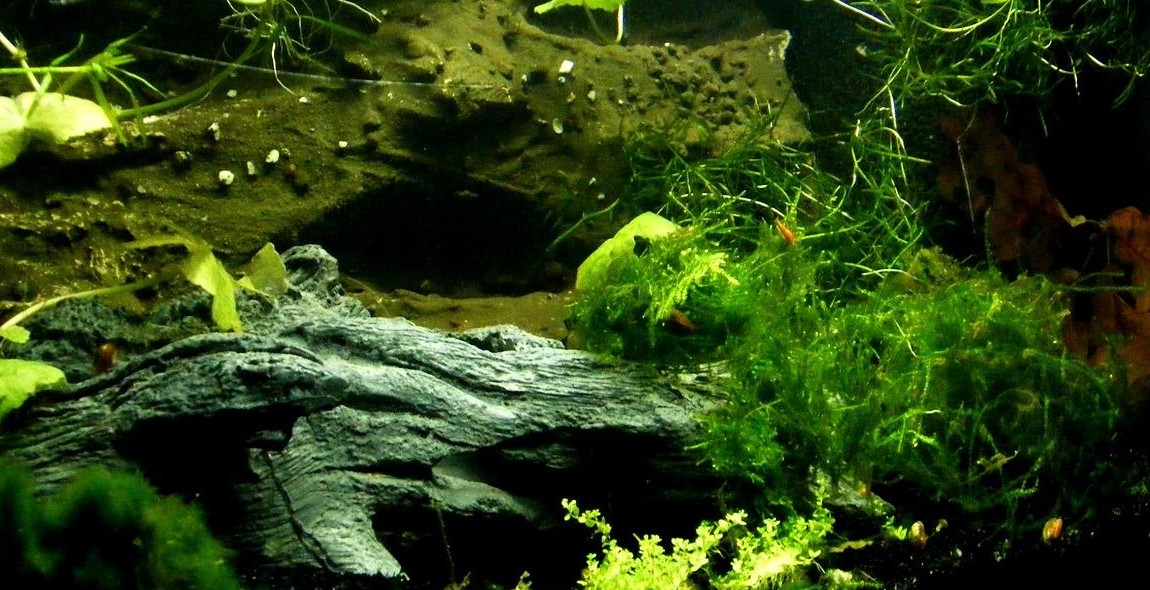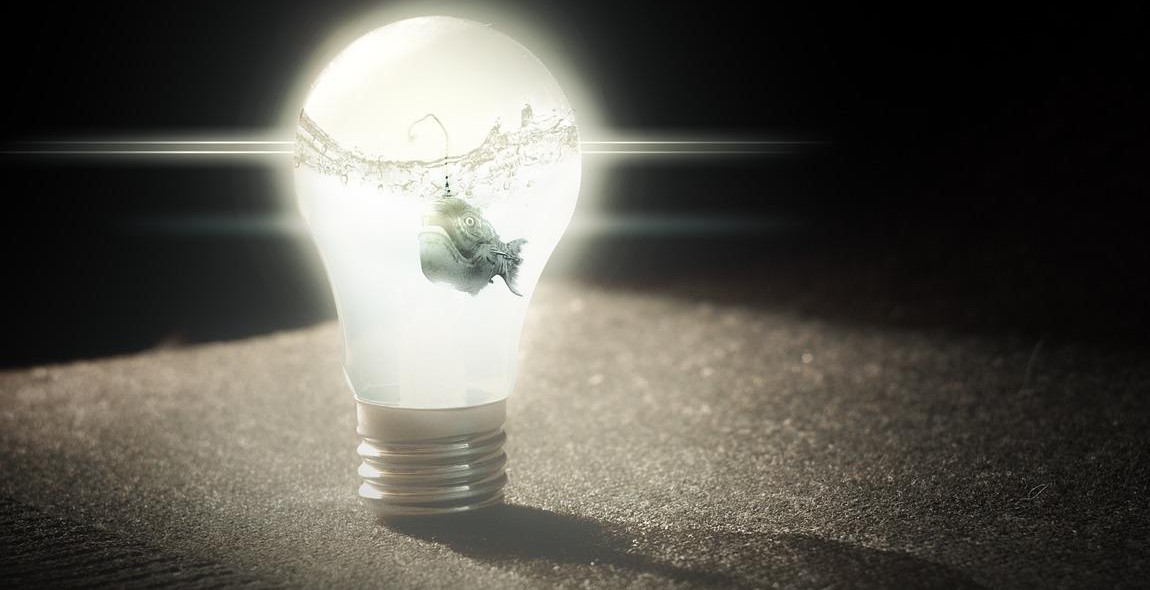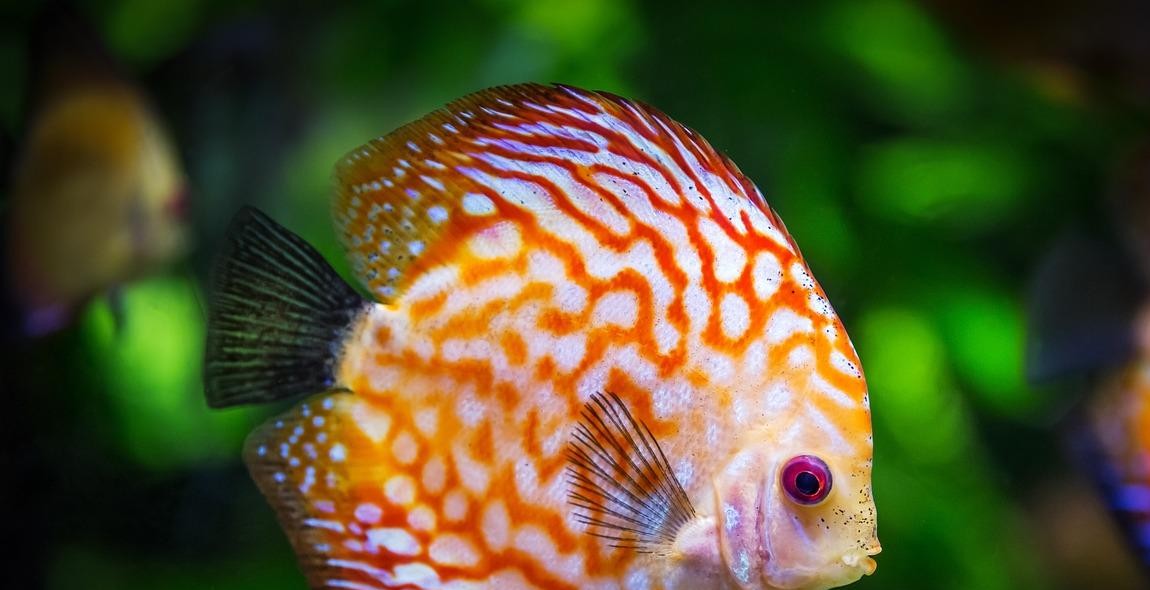How to Care for Aquarium Fish: Tips for a Healthy and Vibrant Underwater Environment
As a professional article writer and content creator with years of experience in the aquarium hobby, I have seen firsthand the importance of proper fish care. Maintaining a healthy and vibrant underwater environment is not only crucial for the well-being of your fish, but it also enhances the beauty of your aquarium.
Whether you are a beginner or an experienced aquarist, there are certain tips and techniques that can help you provide the best possible care for your aquarium fish. From choosing the right tank size and equipment to selecting the appropriate fish species and feeding them a well-balanced diet, there are many factors to consider when creating a thriving aquarium ecosystem.
Why Proper Fish Care is Important
When it comes to caring for aquarium fish, there are several reasons why it is crucial to do so properly. First and foremost, providing a healthy environment for your fish ensures their well-being and longevity. By maintaining optimal water quality, providing adequate nutrition, and reducing stress, you can help your fish thrive and live a long, healthy life.
In addition to benefiting your fish, proper aquarium care also helps to prevent the spread of disease and maintain the overall balance of your aquarium ecosystem. When one aspect of your aquarium environment is off-balance, it can have a domino effect on the entire system, leading to a host of problems and potential health issues for your fish.
What You Will Learn in This Article
In this article, I will share my top tips and techniques for caring for aquarium fish. From choosing the right tank setup and equipment to maintaining optimal water quality and selecting the right fish species, you will learn everything you need to know to create a healthy and vibrant underwater environment for your fish.
- Choosing the right aquarium tank
- Setting up your aquarium
- Selecting the right fish species
- Feeding your fish a balanced diet
- Maintaining water quality
- Managing aquarium health and disease prevention
Choosing the Right Fish
When it comes to selecting fish for your aquarium, there are several factors to consider to ensure a healthy and thriving underwater environment. Here are some tips to help you choose the right fish:
Research Fish Compatibility
It’s important to research fish compatibility before adding them to your aquarium. Some fish species get along well, while others may be aggressive towards each other. Adding incompatible fish can lead to stress, injuries, and even death. Make sure to choose fish that have similar water temperature, pH level, and diet requirements.
Consider Tank Size
The size of your aquarium will determine the number and size of fish you can have. Overcrowding can lead to poor water quality, stress, and disease. As a general rule, allow one gallon of water per inch of fish. However, some fish require more space than others, so research the specific requirements for the species you’re interested in before making a decision.
Select Healthy Fish
When selecting fish, choose those that are active and alert, with bright colors and clear eyes. Avoid fish that appear lethargic, have torn fins, or show signs of disease. It’s also important to quarantine new fish for a few weeks before introducing them to your main aquarium to prevent the spread of illness.
| Tip | Description |
|---|---|
| Research Fish Compatibility | Research fish compatibility before adding them to your aquarium. |
| Consider Tank Size | The size of your aquarium will determine the number and size of fish you can have. |
| Select Healthy Fish | Choose fish that are active and alert, with bright colors and clear eyes. |

Setting Up the Aquarium
Setting up an aquarium can be an exciting and rewarding experience. It is important to take the time to properly set up the aquarium to ensure a healthy and vibrant underwater environment for your fish. Here are some tips on how to set up your aquarium:
Selecting the Right Location
The first step in setting up an aquarium is to select the right location. It is important to choose a location that is away from direct sunlight and extreme temperatures. Direct sunlight can cause algae growth and fluctuating temperatures can stress out your fish. Also, make sure the location you choose is sturdy enough to support the weight of the aquarium.
Installing Filtration and Heating
The next step is to install the filtration and heating systems. A good filtration system is essential to keeping your aquarium clean and healthy. There are many different types of filtration systems available, so be sure to choose one that is appropriate for the size of your aquarium and the type of fish you plan to keep. A heater is also necessary to maintain a consistent water temperature for your fish. Again, choose a heater that is appropriate for the size of your aquarium.
Adding Substrate and Decorations
Once the filtration and heating systems are installed, it is time to add substrate and decorations. Substrate is the material that lines the bottom of the aquarium. There are many different types of substrate available, such as sand or gravel. Choose a substrate that is appropriate for the type of fish you plan to keep. Decorations, such as rocks, plants, and driftwood, not only add aesthetic appeal to your aquarium, but also provide hiding places for your fish.
 |
 |
 |
|
Choosing the right location for your aquarium is important to keep your fish healthy. |
A good filtration system is essential to keeping your aquarium clean and healthy. |
Adding decorations not only adds aesthetic appeal, but also provides hiding places for your fish. |

Maintaining Water Quality
Water quality is one of the most important aspects of caring for aquarium fish. Poor water quality can lead to stress, disease, and death in your fish. Here are some tips on how to maintain good water quality:
Testing Water Parameters
Regularly testing your aquarium water is essential for maintaining good water quality. You should test for pH, ammonia, nitrite, and nitrate levels at least once a week. You can use test strips or liquid test kits to test your water. If you notice any abnormal levels, take action immediately to correct them.
Performing Water Changes
Performing regular water changes is another crucial part of maintaining water quality. You should aim to change about 10-20% of the water in your aquarium every week. This will help remove any excess waste, debris, and harmful chemicals from the water. Be sure to use a water conditioner to remove chlorine and chloramine from tap water before adding it to your aquarium.
Cleaning the Tank
Keeping your aquarium clean is also important for maintaining good water quality. You should clean the tank and all of its components, including the filter, gravel, and decorations, at least once a month. Use an aquarium vacuum to remove any debris from the gravel and rinse the filter media in aquarium water to remove any buildup. Be careful not to overclean your aquarium, as this can disrupt the balance of beneficial bacteria in the water.
| Step | Frequency |
|---|---|
| Test water parameters | At least once a week |
| Perform water changes | 10-20% of water every week |
| Clean the tank | At least once a month |

Feeding Your Fish
Feeding your fish is an essential part of caring for them. Choosing the right fish food, creating a feeding schedule, and avoiding overfeeding are important factors to ensure your fish are healthy and happy.
Choosing the Right Fish Food
There are many types of fish food available, including flakes, pellets, freeze-dried, and frozen. It’s essential to choose food that meets the nutritional needs of your fish. Different species of fish require different types of food, so be sure to research what your fish need. Also, consider the size of the food and the feeding habits of your fish. Some fish are surface feeders, while others feed at the bottom of the tank.
Creating a Feeding Schedule
Establishing a feeding schedule is crucial to avoid overfeeding and maintain a healthy environment in your aquarium. Most fish should be fed once or twice a day, but some species may require more or less frequent feedings. Set a consistent feeding time and avoid feeding your fish outside of the schedule. Overfeeding can lead to health problems and water quality issues.
Avoid Overfeeding
Overfeeding is a common mistake made by many fish owners. It can lead to health problems, such as obesity, constipation, and bloating, as well as water quality issues. Only feed your fish the amount they can consume within a few minutes. If there is leftover food, remove it from the tank to maintain water quality.
| Fish Species | Feeding Schedule |
|---|---|
| Betta Fish | Once a day, 2-3 pellets |
| Guppies | Twice a day, 2-3 flakes per feeding |
| Tetras | Twice a day, 2-3 flakes per feeding |
By choosing the right fish food, creating a feeding schedule, and avoiding overfeeding, you can ensure your fish are healthy and happy in their underwater environment.
Observing Your Fish
One of the most important aspects of caring for aquarium fish is observing their behavior and health regularly. By monitoring your fish, you can identify any potential problems before they become serious. Here are some tips for effectively observing your fish:
Learning Fish Behavior
Before you can identify any problems, it’s important to understand what is normal behavior for your fish. Spend some time watching your fish when they are active and when they are resting. Take note of how they swim, eat, and interact with each other. This will help you recognize any changes in their behavior that may indicate illness or stress.
Identifying Signs of Illness
Some signs of illness in fish include lethargy, loss of appetite, unusual swimming patterns, discoloration, and visible injuries or sores. If you notice any of these signs, it’s important to take action quickly to prevent the spread of disease to other fish in the tank.
Treating Sick Fish
If you suspect that one of your fish is sick, remove it from the tank and place it in a quarantine tank. This will prevent the spread of disease to other fish in the main tank. Consult with a veterinarian or a knowledgeable aquarium store employee to determine the best course of treatment for your sick fish.
By observing your fish regularly, you can ensure that they are healthy and thriving in their underwater environment. Remember to learn their behavior, identify signs of illness, and take action quickly to treat any sick fish.

Conclusion
Keeping aquarium fish can be a rewarding and relaxing hobby, but it requires a lot of care and attention to ensure that the fish remain healthy and happy. By following the tips outlined in this article, you can create a vibrant and thriving underwater environment for your fish.
Regular Maintenance is Key
One of the most important aspects of caring for aquarium fish is regular maintenance. This includes keeping the tank clean, monitoring the water quality, and feeding the fish a balanced diet. By staying on top of these tasks, you can help prevent many common health problems that can arise in aquarium fish.
Choose Your Fish Carefully
When selecting fish for your aquarium, it’s important to choose species that are compatible with one another and with your tank environment. Research the specific needs of each species before making your selection to ensure that you can provide the proper care and conditions.
Stay Informed and Seek Help When Needed
Finally, it’s important to stay informed about the latest developments in aquarium care and to seek help when needed. Joining a local aquarium club or online community can provide you with a wealth of knowledge and support, as well as access to experienced hobbyists who can offer advice and guidance.
| Remember: | With proper care and attention, your aquarium can provide a beautiful and peaceful environment for your fish to thrive in. |
So take the time to learn about your fish and their needs, and enjoy the many benefits that come with keeping an aquarium.
